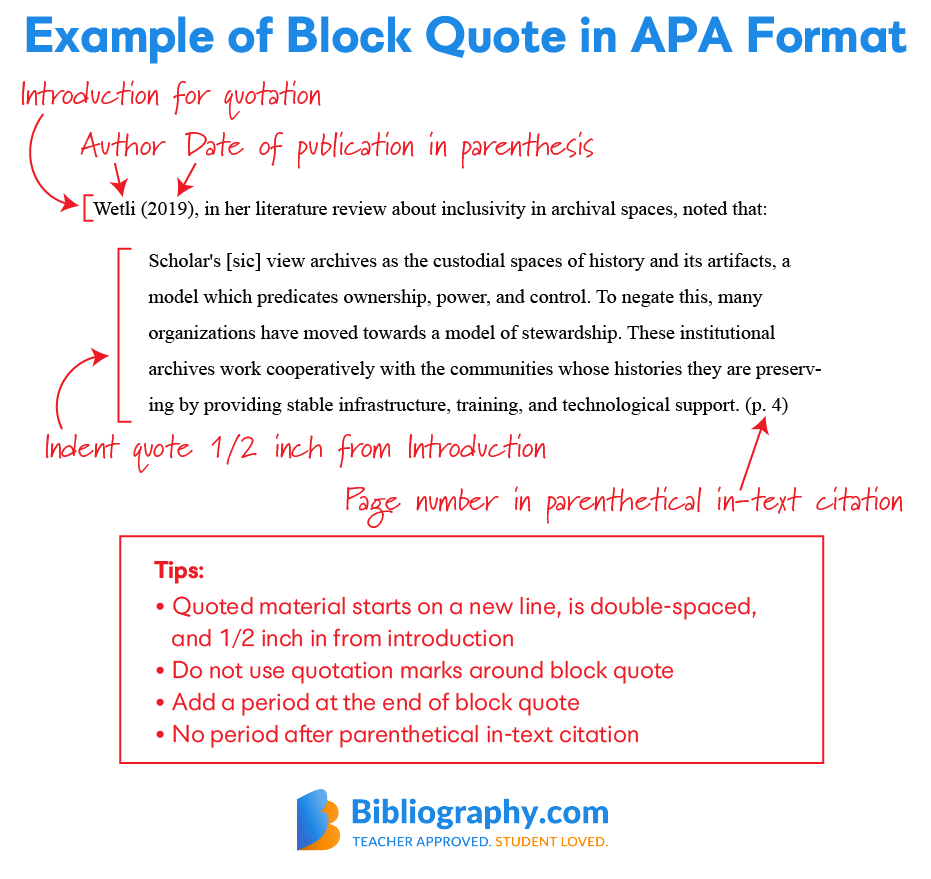
Smart Ways to Find Force: Practical Techniques for 2025
Understanding force is crucial in physics, engineering, and even in everyday life. Force is defined as a vector that causes an object to accelerate, and grasping how to find force can empower you in various fields. Whether you're studying mechanics or exploring advanced applications in technology, knowing the fundamental principles of force will enhance your analytical skills. This article provides a comprehensive roadmap for understanding and calculating force effectively in 2025. Throughout the sections, we will delve into practical techniques that clarify concepts surrounding force, from basic definitions to applications in engineering and technology, ensuring a thorough understanding of this essential topic. By the end, readers will also encounter real-world examples and insight into current innovations related to force measurement and applications.
Key takeaways include effective methods to find force, insights into the types of forces, and the role of experiments and real-life applications. Let’s explore these smart ways to find force!
Essential Concepts in Understanding Force
Defining Force and Its Properties
The definition of force is foundational to physics. In simple terms, force can be described as a push or pull on an object that causes it to change its velocity. More specifically, the force equation is articulated through Newton's second law, which states that Force (F) = Mass (m) × Acceleration (a). This formula reveals the direct relationship between mass, acceleration, and the resultant force applied. For instance, in daily life, we use our muscular strength to exert force when lifting weights. Understanding this relationship is key when calculating force, whether it's gravitational, frictional, or tension force.
In practical applications, recognizing the units of force, primarily Newtons (N), is vital. This unit is derived from fundamental principles, linking mass and acceleration. It's important to grasp how different forces like applied force or normal force function in various scenarios, such as lifting objects or understanding the forces acting on a structure.
Types of Forces: A Deeper Look
There are several types of forces that play significant roles in different physical scenarios. Gravitational force is perhaps the most well-known, acting between masses and pulling them toward the Earth. In contrast, frictional force opposes motion and is a crucial factor in transportation and safety. While gravitational force pulls objects down, normal force acts perpendicular to a surface. Understanding these types helps in force diagram creation, where different forces acting on an object are represented, providing clarity on their interactions and effects.
In sports, for example, knowing the forces at play, including friction and gravitational force, not only enhances performance but also prevents injuries by ensuring safe practices. This type of analysis extends to all engineering and scientific fields, where concepts of static vs dynamic force applications are vital. Additionally, exploring advanced theories around force can lead to innovations in technology, especially in areas like robotics and aerospace.
The Dynamics of Force and Its Calculations
The dynamics of force involves analyzing the effects that forces have on objects in motion. When calculating force, it's critical to consider the net force acting on an object, obtained by vector addition of all forces involved. For example, if a car is subjected to a forward driving force and frictional force acting against it, the resultant force helps determine its acceleration using Newton’s second law. Another important consideration is the use of force combined with momentum and pressure, which indicates how these concepts interrelate in practical scenarios such as collisions and vehicular dynamics.
Calculating Force: Practical Techniques
Methodologies for Force Calculation
When it comes to calculating force, several methodologies can be employed. A straightforward approach is utilizing the force equation directly, ensuring accurate values for mass and acceleration. However, in cases of complex systems, such as forces in machinery or structures, it's necessary to utilize free-body diagrams to visualize the forces in operation. These diagrams offer insights on how to find force by showing all forces acting upon an object and their directions. Using these visuals, engineers can derive not only individual forces but also understand the resulting force acting on the entire system.
Application of Newton's Second Law
Newton’s second law provides the framework for force calculations. In practical applications, such as a car accelerating on a flat surface, its mass and acceleration determine the total force exerted. Understanding this law allows for efficient calculations in various scenarios, from simple everyday actions to complex systems in engineering. By manipulating the values of mass and acceleration, one can adapt the law to find force required for different contexts, such as lifting, pushing, or resisting objects.
Experimenting with Force: Hands-On Techniques
Experimentation is a powerful way to grasp force. Conducting simple lab experiments, such as using weights to test different types of forces like tension or normal force, enables learners to visualize and understand theoretical concepts practically. An example may involve measuring the force required to lift a weight with varying acceleration, demonstrating Newton's principles in action. Additionally, exploring friction by having objects slide down an inclined plane offers tangible insights into calculating frictional forces and their effects. These experiments foster a greater comprehension of forces and their applications in real-world scenarios.
Understanding the Role of Force in Engineering
Force Applications in Modern Engineering
Force plays an integral role in engineering applications, ranging from civil to mechanical engineering. In construction, understanding the forces acting on structures, such as wind force and gravitational load, is essential for ensuring safety and durability. Engineers use calculations based on force diagrams and principles to analyze how forces distribute throughout a building, ensuring it can withstand environmental forces. In mechanical design, analyzing force allows for the development of efficient machines where forces drive operations.
Real-World Examples of Force in Action
Real-world force examples can be observed in many sectors. For instance, the forces at play in transportation, such as air resistance on vehicles, significantly affect fuel efficiency and performance. Similarly, in sports technology, understanding the dynamics of force assists in creating safer equestrian saddle designs or advanced sports gear that enhances player performance while minimizing injury risks.
Common Misconceptions and Challenges
Despite its fundamental importance, many common misconceptions surrounding force exist. A frequent misunderstanding is that heavier objects fall faster than lighter ones. In reality, all objects fall at the same rate in absence of air resistance. Understanding the relationship between force and acceleration is vital in dispelling such myths. Engaging in force challenges or practical visualizations can enhance comprehension, showing that factors beyond mass affect falling dynamics, furthering the education on forces encountered in motion.
Measurement Techniques in Force Analysis
Force Measurement Standards
Measuring force accurately is critical in physics and engineering. Various tools and techniques exist for this purpose, including spring scales and force sensors that provide precise measurements. The choice of device often depends on the type of force being measured, such as static, gravitational, or applied forces. Proper calibration of instruments is vital to ensure accurate data, particularly in experimental settings where minor errors can lead to significant discrepancies in outcomes.
Visualizing Forces Through Diagrams
Force diagrams serve as vital tools in force analysis, visualizing the interactions between various forces. These diagrams help clarify complex interactions and guide calculations, particularly when dealing with vector forces. By illustrating the direction and magnitude of forces acting on a body, they provide a clear understanding of the net force and resulting motion. Proper utilization of these diagrams in problem-solving enhances analytical skills and aids in the development of engineering designs.
Exploring Advanced Measurement Techniques
Beyond traditional measurement methods, advancements in technology have introduced innovative approaches to force measurement. Utilizing sensors, data logging, and computer algorithms, engineers can perform complex force analyses in real time. Applications in robotics and automation highlight the role of technology in force applications, creating systems that can dynamically adjust forces based on environmental feedback. This aspect is particularly crucial in fields such as aerospace and automotive where real-time force analysis is fundamental to safe and efficient operations.
Q&A: Common Questions About Finding Force
What is the best method for calculating force?
The most efficient method for calculating force is applying Newton's second law, which defines force as the product of mass and acceleration (F = m × a). This foundational principle provides the framework for understanding and calculating various types of forces.
How do forces interact in motion?
Forces interact in motion through vector addition, resulting in net forces that dictate an object's resulting motion. Understanding these interactions helps in visualizing dynamics at play, such as the forces acting upon a vehicle in transit.
What are common misconceptions regarding force?
One common misconception is that mass is the sole factor influencing the speed at which objects fall. In reality, all objects fall at the same rate unless air resistance is a significant factor, challenging our understanding of force in motion.
How important are experiments in understanding force?
Experiments are crucial in developing a practical understanding of force, allowing learners to visualize concepts and theories effectively. Whether through simple lab activities or advanced simulations, hands-on experience reinforces theoretical knowledge.
Practical Approaches to Force Analysis
Engaging with Everyday Force Challenges
Applying force principles to everyday challenges fosters a deeper understanding. For instance, analyzing the forces involved in lifting groceries or riding a bicycle illustrates the practical implications of force principles. Engaging with these challenges allows learners to appreciate the role of force in daily life.
Utilizing Educational Resources on Force
Numerous educational resources provide insights into force and its applications. From interactive websites to physics labs, leveraging these tools helps elucidate complex force concepts. Utilizing these resources is especially beneficial in educational settings, inspiring curiosity and exploration of force topics.
The Future of Force Measurement and Application
As technology advances, so do the methods of measuring and applying force. Innovations in sensor technology and artificial intelligence are shaping the future of force applications, enabling precise control and analysis in real-time settings. These advances pave the way for smarter designs in engineering, transportation, and technology.

